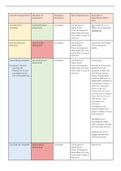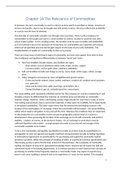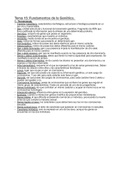Class notes
IRM - statistics
- Course
- Institution
In this document you will find everything you need to know for the Statistics' part of this course. Clear explanations of the different tests, when to use them, their assumptions, how to run them on SPSS and examples on how to report the results in APA style. You do not need all the theory incl...
[Show more]








